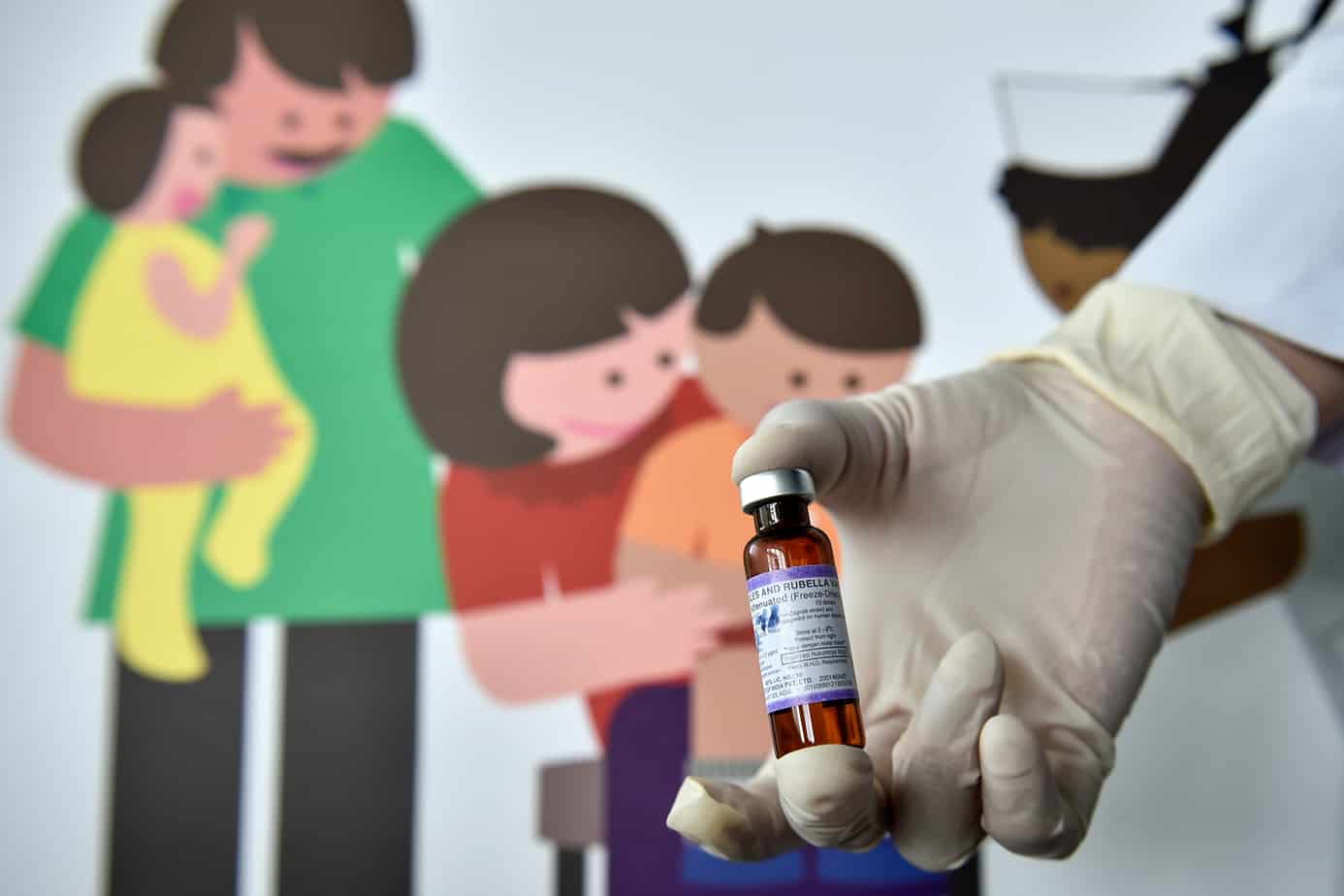Costa Rica made international news this month when it announced the Covid-19 vaccine will be included among the required shots for children. The move represents one of the world’s broadest mandates to immunize children against the coronavirus, according to The Washington Post.
Costa Rica has long mandated vaccines, and such requirements are supported by the country’s laws. Per Article 150 in the Ley General de Salud: Vaccination and revaccination against communicable diseases determined by the Ministry is obligatory. Exceptional cases, for medical reasons, will be authorized only by the corresponding health authority.
“In our country, the vaccines included in the basic table established by the CNVE are compulsory for minors, including those against chicken pox, polio, more recently against the Human Papilloma Virus incorporated in 2017 and this year the incorporation of immunization against Covid-19,” the Health Ministry says.
History of Costa Rica vaccine campaigns
In Costa Rica, regular immunization programs for children began in the early 1950s, under the direction of Dr. Rodrigo Loría Cortés, with the DPT (diphtheria, pertussis and tetanus) vaccine.
In 1954 the country was affected by a serious epidemic of Poliomyelitis with 1,081 cases of paralytic Polio and 100 deaths.
In 1955, Costa Rica became one of the first countries in the world to carry out an immunization campaign against Polio with an injectable Salk-type inactivated virus, followed in 1960 with the oral Sabino-type vaccine.
In 1967, the measles vaccine was administered for the first time in the country, with a mass campaign during which a total of 209,833 doses were applied.
In 1972, the measles rubella vaccination began, achieving excellent results in the control of these diseases. However, moderate epidemics occurred at intervals of several years, affecting primarily non-immunized people.
In 1968 a mas vaccination campaign against tuberculosis was carried out with the B.C.G. Shot and, as of 1969, the systematic immunization of newborn children with this vaccine began.
In 1970 began the immunization against diphtheria and tetanus of school children, and of pregnant women for the prevention of neonatal Tetanus.
Starting in 1974, an intensive immunization program with Tetanus Toxoid was developed in adults, particularly those most exposed to risk (agricultural workers, low-income population without footwear, manual workers, and in women of childbearing age to prevention of neonatal tetanus). In 1970 there were 217 deaths from Tetanus, and nine years later, deaths from Tetanus fell to just 17. In 1985 there were 4 deaths and in 1993 there were no deaths from this disease.
In the second half of 1986, the meningococcal vaccine was applied for the first time in Costa Rica in order to control outbreaks of epidemic meningitis in refugee camps and to children under seven years of age in at-risk populations.
In 1987 vaccination against Mumps began, using the MMR vaccine starting at one year of age.
People exposed to the risk of contracting rabies from an animal bite are given the rabies vaccine, prepared in diploid cell culture.
For international travelers to countries that require it, Costa Rica has a yellow fever vaccination schedule.
Since 1986, the hepatitis B vaccine has been applied to health personnel and other risk groups.
The epidemiological situation of vaccine-preventable diseases in Costa Rica remains good. In 2019, Costa Rica reported:
- Zero cases of diphtheria
- Zero cases of polio
- Zero cases of rubella
- Zero cases of tetanus
- Zero cases of yellow fever
- Ten cases of measles
- Seven cases of mumps
- Fifty-one cases of pertussis
Sources: History via CCSS; 2019 data via the WHO.






